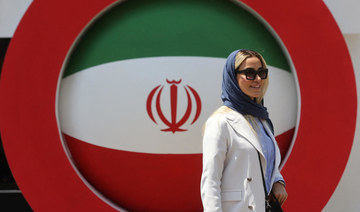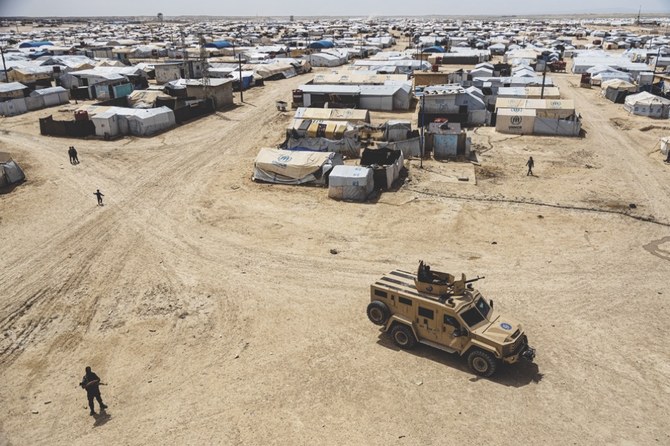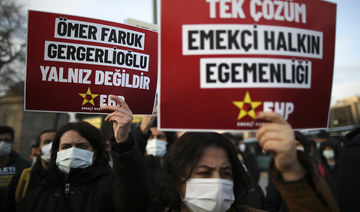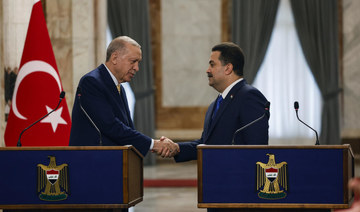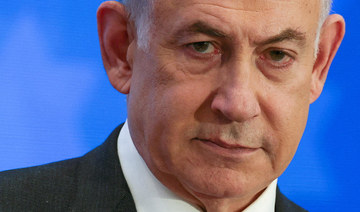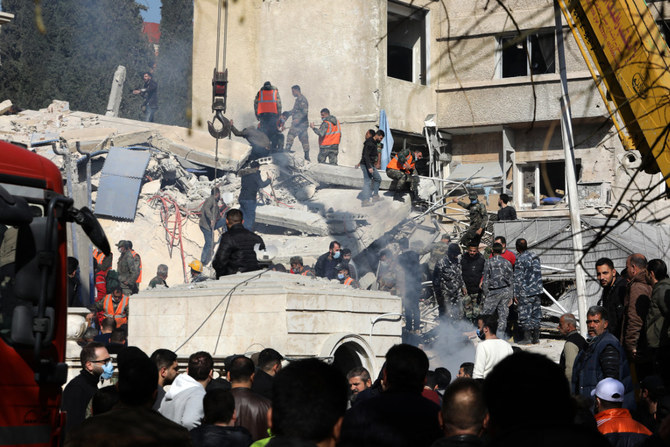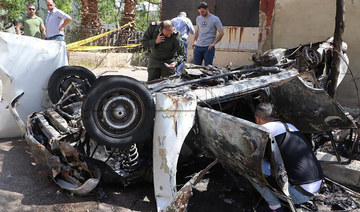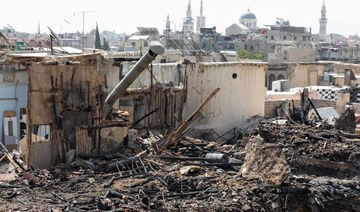DUBAI: After a year’s delay Expo 2020 Dubai finally opens its doors tonight with a star-studded ceremony held before an audience of 3,000 people.
The opening ceremony will feature top acts including world-famous tenor Andrea Bocelli; Grammy-nominated, Golden-Globe-winning actress, singer and songwriter Andra Day; platinum-selling British singer-songwriter Ellie Goulding; international mega-star pianist Lang Lang; and four-time Grammy winner Angelique Kidjo.
The opening ceremony will be streamed live to more than 430 locations across the UAE as well as around the globe.
The Expo 2020 Dubai was due to open the same time last year, but was postponed because of the global COVID-19 pandemic.
“There have been many challenges for us along the way building the ceremony but we are very lucky to have the most amazing venue and I’m also positive to deliver our ceremony.” Kate Randall the Vice President of Expo 2020 Ceremonies, told Arab News.
And the celebrations won’t stop after tonight’s 90-minute show, Friday will see three spectacular fireworks displays in Dubai, marking the first full day of the Expo.
In a statement, the organizers said the Friday’s show would be “a spectacular visual celebration commemorating the journey from winning the bid in 2013 to opening the first World Expo in the Middle East, Africa and South Asia region and the largest global event held since the start of the pandemic.”
The colossal undertaking will give participating nations the chance to put forward ideas on how to create a better, more sustainable future.
At the first 1889 fair, France unveiled its Eiffel Tower. 12 years later, the X-ray machine made its debut in Buffalo, New York.
This time around, organizers will use a newly built futuristic city to address the world’s most pressing challenges and opportunities.
Covering an area of 4.38 sq. kms. – equal to more than 600 football pitches – the site will be home to a state-of-the-art pavilions designed by brand-name architects.
The UAE’s pavilion looks like a falcon at rest while Saudi Arabia has emerged as the largest of all participating nations outside the UAE, holding three Guinness world records: the largest LED mirror screen display, the largest interactive floor, and the longest water exhibit.
Over six months, Expo organizers expect some 25 million visits to the site hosting more than 200 participants – including 192 countries.
“One of the most interesting things for me in this journey was me not being from this part of the world originally… but learning about many stories that were born here in the region and the Arab World,” Randall said.
With organizers putting the final touches, the stage is now set for participants to showcase their achievements in architecture, food, agriculture, industry, the arts, and intellectual pursuits.
Transport links are completed, with Dubai Metro Route 2020 able to carry 44,000 passengers per hour to and from the Expo site directly.
Meanwhile, Alif – The Mobility Pavilion features the world’s largest passenger lift, which can hold more than 160 persons and has a twin sister in Singapore.
In all, Expo has around 200 dining spots, offering more than 50 global cuisines to visitors from across the world that will wander across the interactive theatre.
Sheikh Hamdan Bin Mohammed, the Crown Prince of Dubai, took to Twitter to express his excitement, posting a video revealing a bird’s eye view of the multi-billion-dollar project with the caption “are you ready.”
Are you ready for @expo2020dubai ? pic.twitter.com/oC83E5HsLa
— Hamdan bin Mohammed (@HamdanMohammed) September 29, 2021






